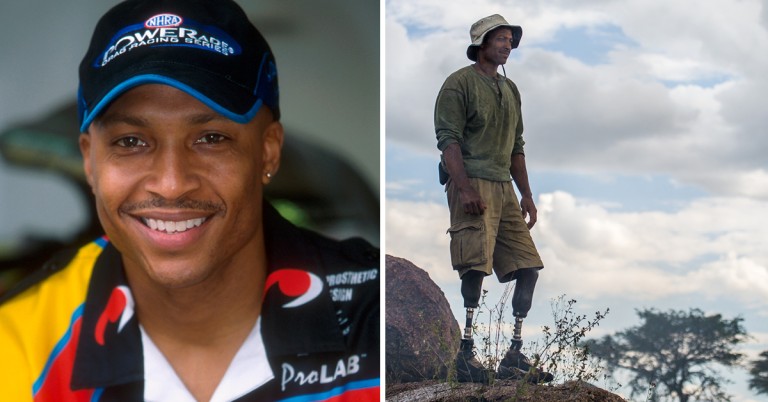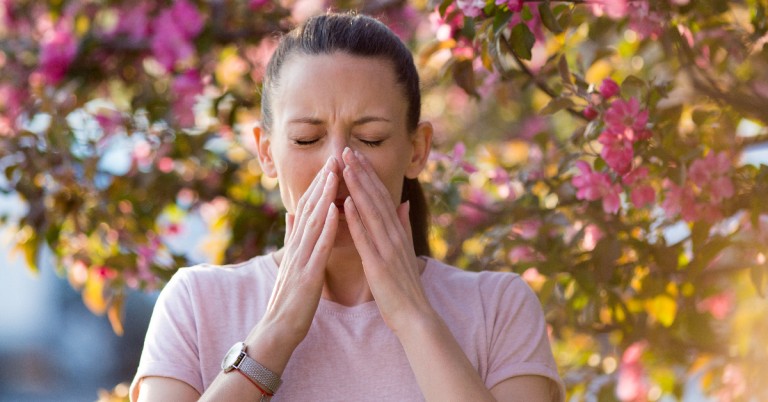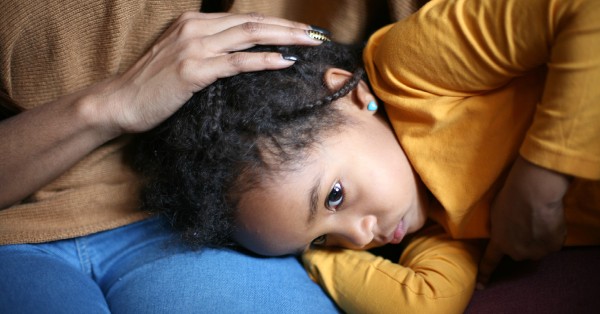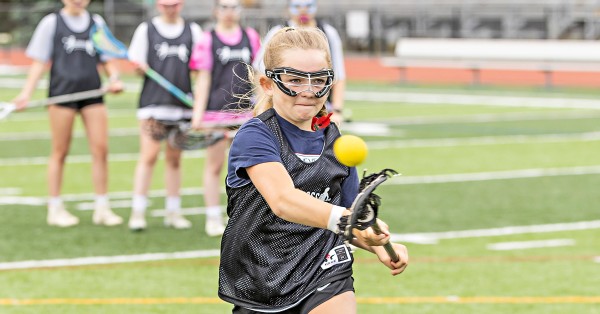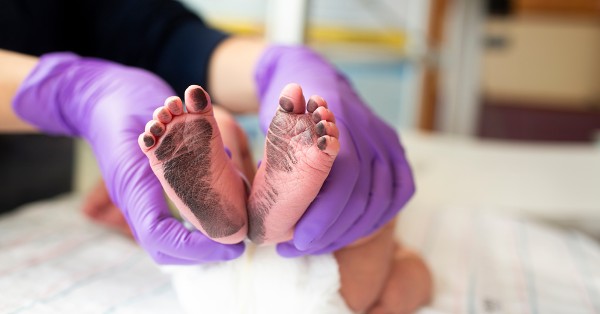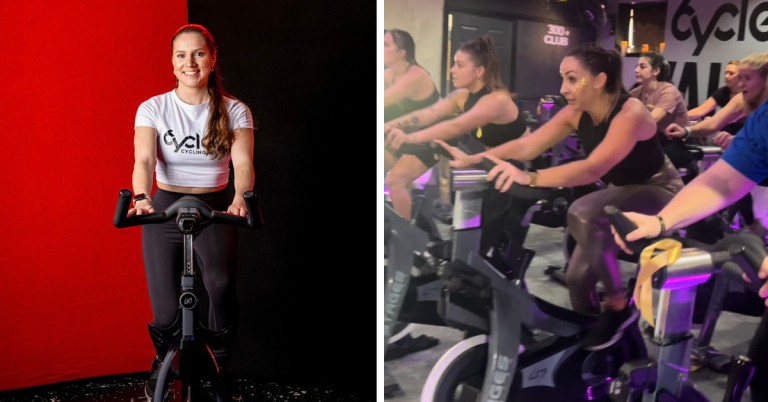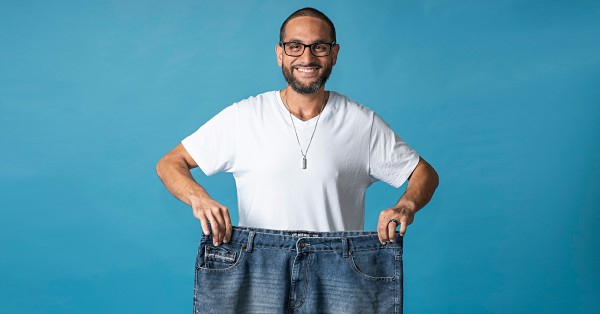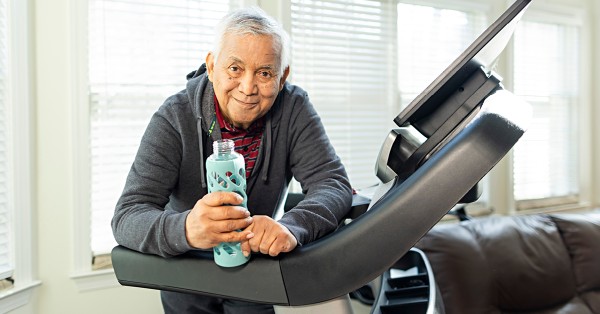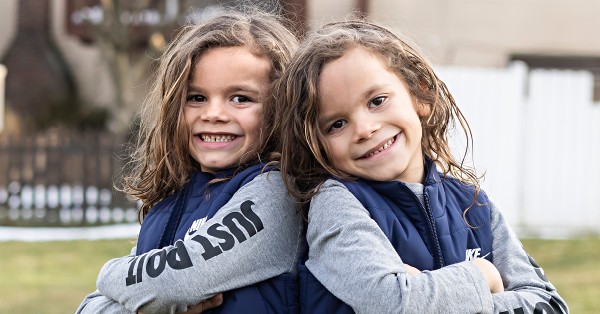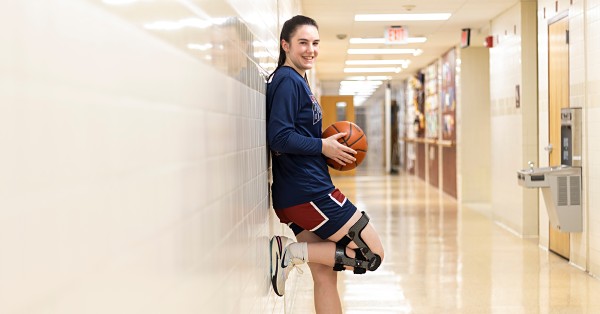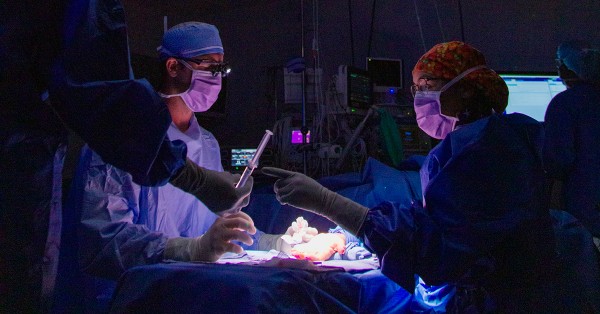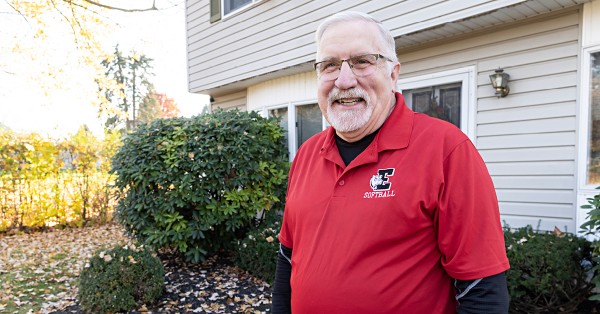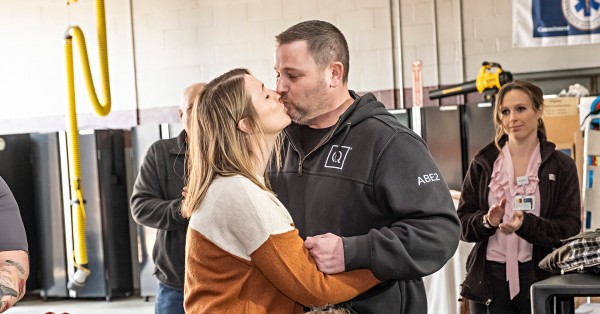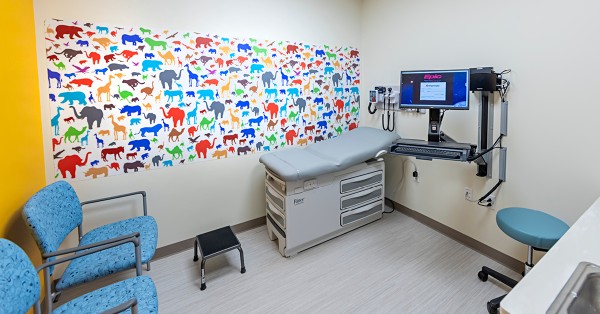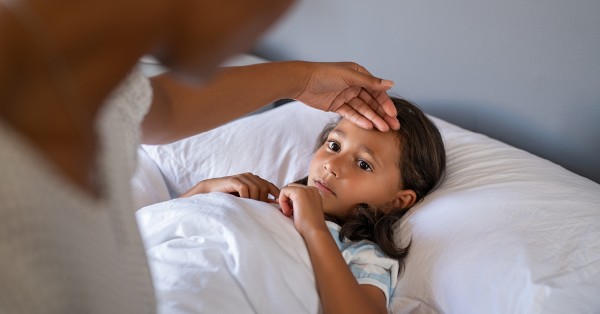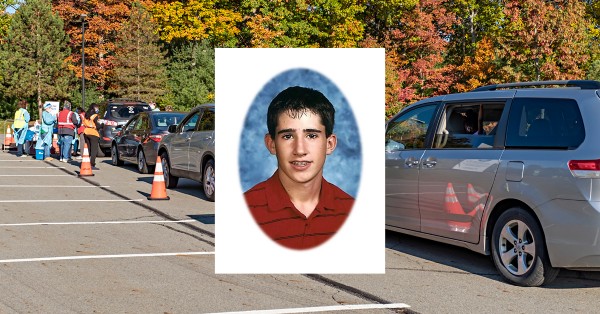
Get Healthy You in your inbox
Check the “Healthy You” box below to to receive the latest news, health tips and stories in your email every week.
Health Tips
Health and wellness tips to help you live a healthy life
Stories
Patients and colleagues share their stories and experiences
Her work as a physician assistant in pediatric cancer care inspired choice of charitable organization
COVID Care Center
How to protect yourself and your family from COVID-19 and other respiratory illnesses.
LVHN in the News
Some Heart Attack Patients Might Not Need Beta-Blockers
via VeryWellHealth.com
April 15, 2024
How Long Should a Nap Be? Docs Share the Dos and Don’ts of a Perfect Nap
via The Herald Sun (Durham, NC)
April 10, 2024
Hanover Twp. supervisors approve new behavioral health hospital
via Lehighvalleynews.com
April 10, 2024
Power: Young women hear about careers in STEM
via Hazleton Standard Speaker
April 9, 2024


